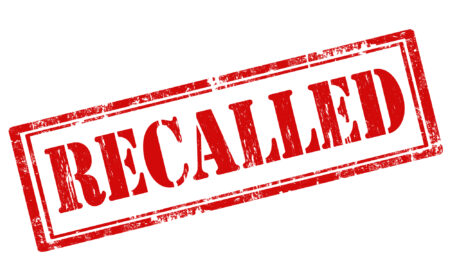Last August, one of our key partners, Loma Linda University Health (LLUH), opened a new hospital, the Dennis and Carol Troesh Medical Campus, in southern California. It was recently highlighted in the Harvard Business Review as an example of hospitals that are designing cutting-edge spaces that promote staff well-being, lower frustration, increase efficiency, and help prevent burnout.
The building has state-of-the-art earthquake resistant construction, making it the most seismically advanced hospital in the world, a major source of reassurance for staff since the structure sits at the intersection of both the Loma Linda and San Jacinto faults, and is just a few miles from the famous San Andreas fault.
LLUH’s new hospital is also designed to save time and reduce inconvenience for providers: for example, their layout reduces the need for staff to travel between patient and supply rooms, and also has its pre-op areas, surgical suites, and post-op recovery rooms all on the same floor.
These improvements to the space are essential for bettering the day-to-day experience of LLUH’s caregivers. But equally important for staff satisfaction and burnout prevention are the technological and operational changes that LLUH has implemented in partnership with VUEMED since 2017 – changes that have enabled its staff to acquire and analyze accurate and dependable data using automated RAIN RFID solutions.
Easy access to this data saves clinical staff countless hours of mindless tasks and endless frustration.
- No more hunting around the hospital for a needed product because its location in the facility is unknown.
- No more risks to patients from products not being available for a procedure.
- No more wondering how many days of on-hand inventory they have.
- No more problems tracking recalled items to individual patients.
- No more patient records filled with errors or omissions that need to be corrected.
- No more stressful and non-value-added activities like fixing billing and charge capture errors in patient records.
- No more safety risks over expired products being accidentally placed in patients.
Reliable and accurate data is a fundamental and essential piece of the healthcare supply chain. It’s needed for both day-to-day inventory operations, such as reordering, product availability, expiration tracking, and recall management, as well as more strategic decision-making, such as forecasting supply needs.
There are tens of thousands of medical products needed for hundreds of types of procedures and for very different patients with unique needs, the majority of which are stocked at hospitals. However, despite limited shelf life and being subject to possible recalls, these products are often not tracked inside the facilities or even to a specific patient. Without accurate information about which items are needed for patient care, whether they’re in stock, where they’re located within the hospital, which patient they were used for, and whether or not they’ve expired or been recalled, there is tremendous waste as well as risks to patients. In addition, clinical staff commonly have to use cumbersome and manual systems to document items used on a patient, which leads to errors in medical records and billing, and distracts them from focusing on the patient.
Any breakdown in the supply chain affects patients directly by putting them at risk and, in turn, deeply affects providers.
Automated RAIN RFID technology is an incredibly powerful method for achieving supply chain transparency and inventory optimization through the real time collection of meaningful and actionable data, in combination with KPIs and Cloud analytics. The adoption of solutions like RAIN RFID that automatically capture UDI data (e.g., item identify, lot/serial number and expiration date) is essential for the consistent identification and accurate tracking of all devices and supplies throughout their life cycle, from point of manufacturing to point of care.
Among other benefits, UDI data capture technologies: (1) enable quick and easy recall management; (2) prevent waste, stockouts, and expirations by automating inventory management; (3) provide the specific location of all products at all times; (4) ensure accurate clinical documentation and charge capture; and (5) free up clinical staff to spend more time and attention on patient care.
The strain on providers is already high enough – it’s high time we did all that we can on the operations side to make the clinical work as easy, efficient, and automated as possible to prevent burnout. The well-being of the staff – and patients – depends on it.





